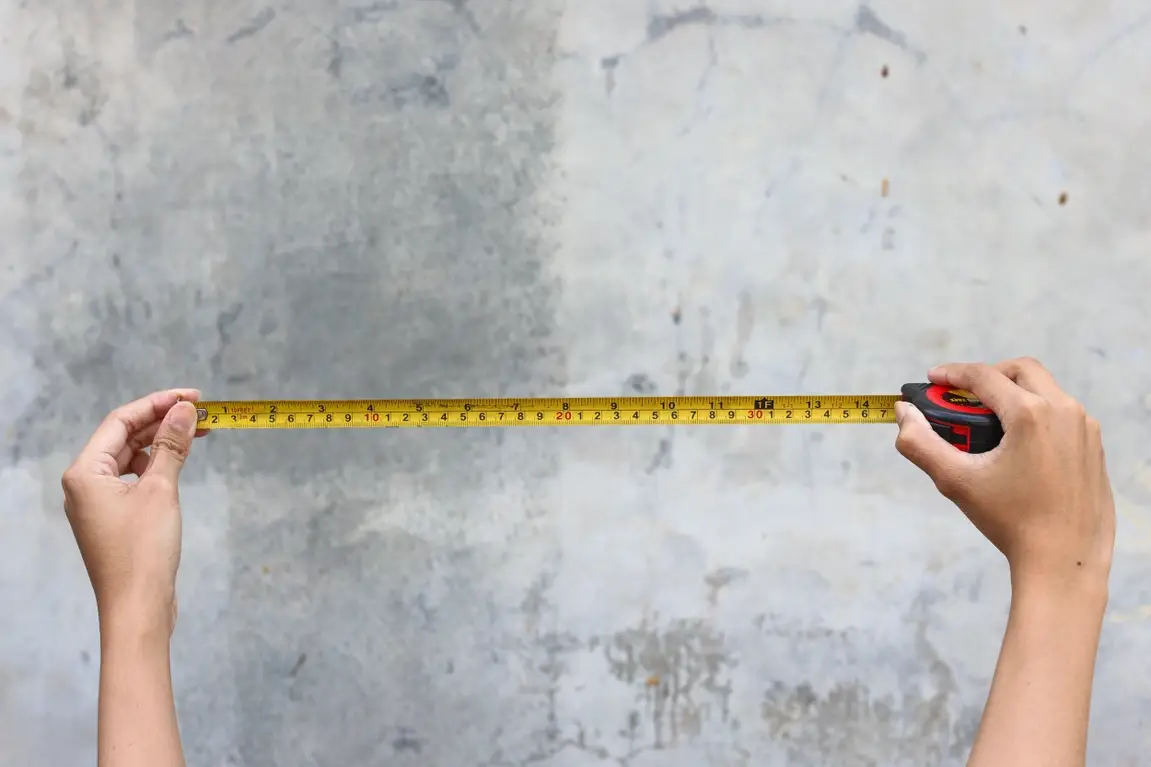How to Build a Backyard Garden with Ecobricks
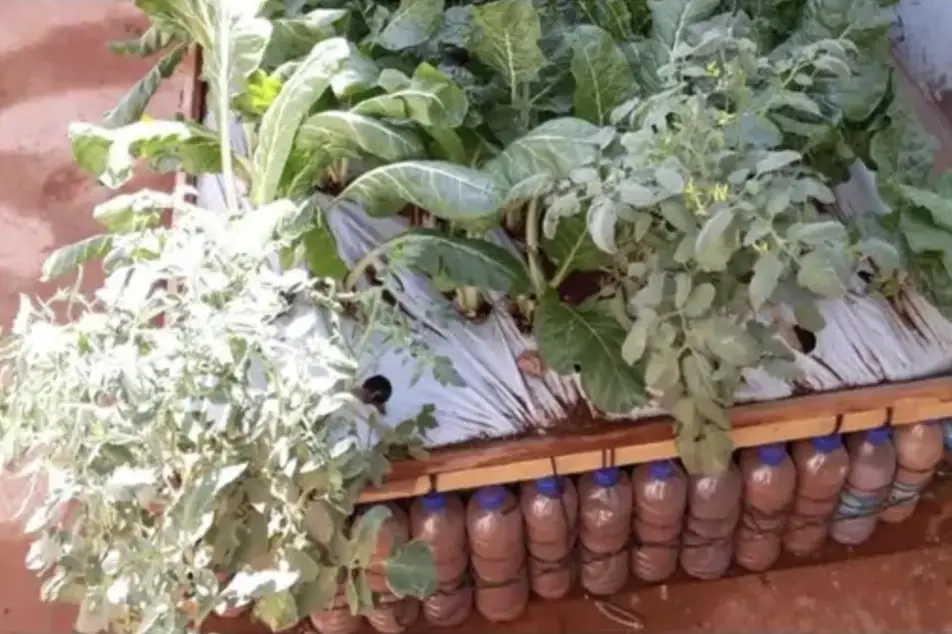
Build a garden with eco bricks to sustainably reuse plastic waste (and start growing your own food!).
Why this recipe matters
Only 9% of the world’s plastic waste is recycled; the other 91% ends up in landfills, where they can take hundreds of years to decompose.
Ingredients
- Measuring tape
- Four wooden planks, cut to the correct measurements of your garden
- Strong outdoor wood glue or nail gun
- Clean, used plastic water bottles with plastic lids
- Clean, used plastic bags
- Sand
- Outdoor tying twine
- Gardening soil and/or mulch
- Produce seeds or seedlings
- Optional: PVC pipes, cut to the correct measurements of your garden
Recipe
Take stock of where you want to set up an outdoor raised garden bed, keeping in mind factors like sunlight exposure, wind direction, and the types of plants you want to grow.
Then, measure the length and width of a large rectangle—you’ll use these measurements for constructing the raised garden bed. As a general rule, raised garden beds are typically between 1.5 and 4 feet wide and between 4 and 10 feet long.
Step 2: Construct a wooden frame.

Using the measurements you took for the raised garden bed, ensure wooden planks adequately fit your plan for the raised garden bed. Then, use wood glue or a nail gun to fasten the four planks together. This frame will sit on top of your eco bricks to provide structural support.
Step 3: Assemble the ecobricks.
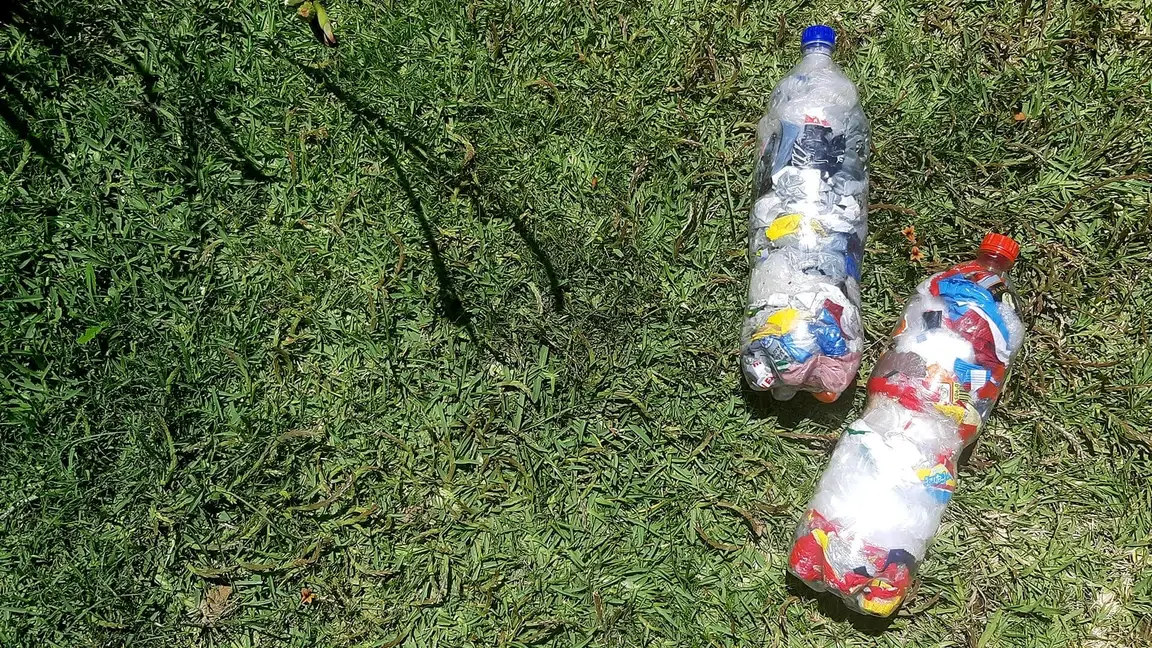
Build ecobricks by stuffing clean plastic water bottles with non-biodegradable waste, such as plastic bags. To make the ecobricks even sturdier, you can also fill them up with sand.
Once a bottle is filled, tightly re-secure it with its plastic lid.
Step 4: Construct the raised garden bed.
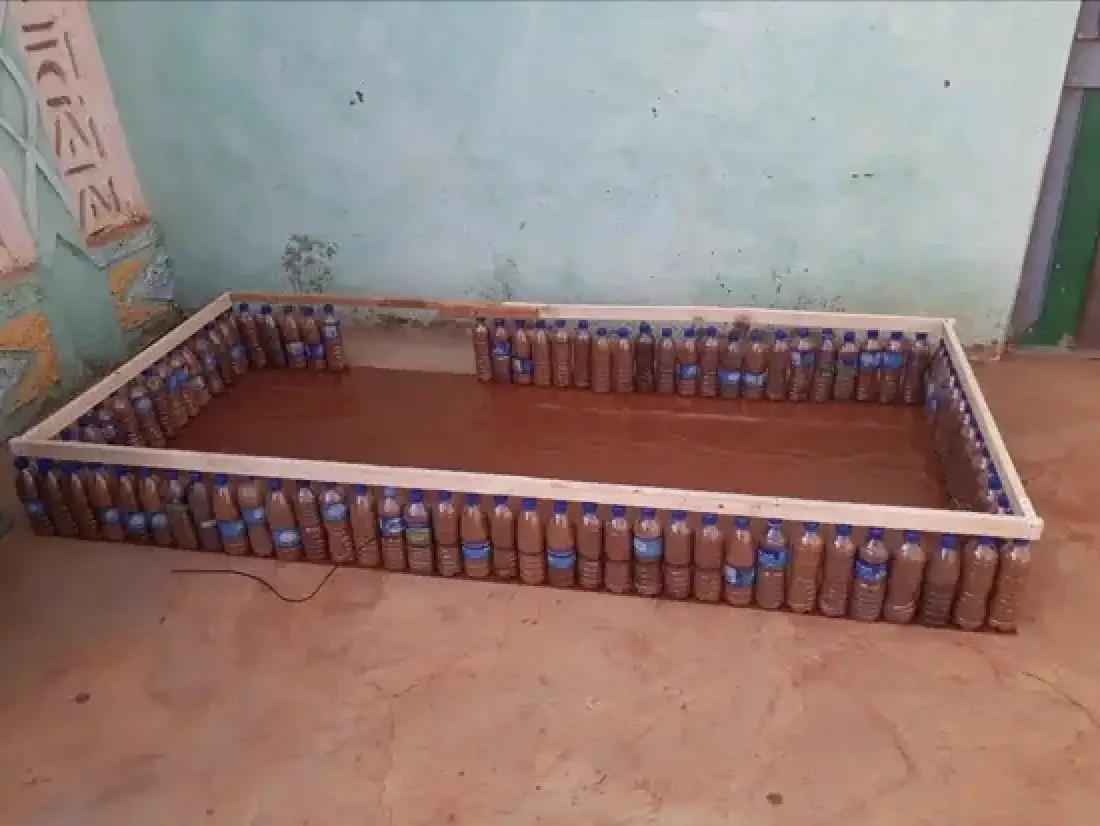
Carefully place each ecobrick along the length and width of the planned garden. Glue or tie the eco bricks together so they remain upright. Then, glue or tie the wooden frame to the top of the eco bricks.
Step 5: Fill the garden bed with soil.
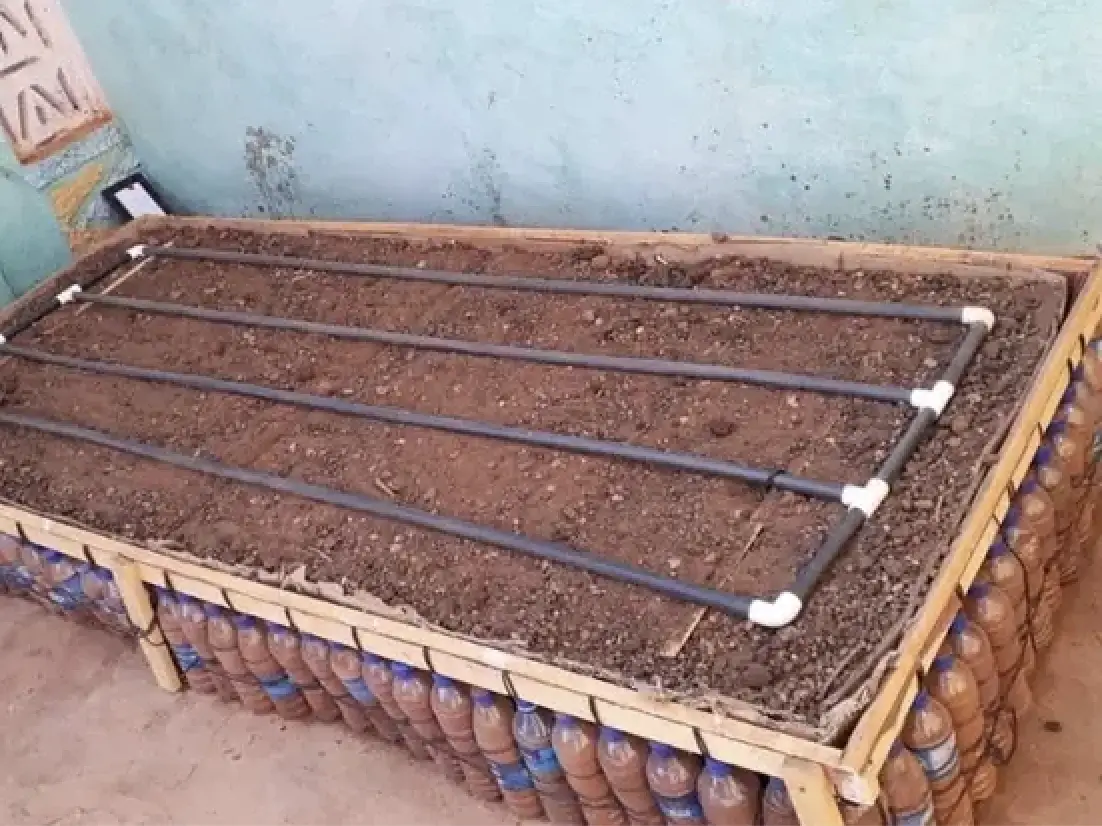
Pour high-quality gardening soil or mulch into the raised garden bread, ensuring even distribution.
If you’d like to construct a drip-irrigation system to conserve water usage, cut PVC pipes to the correct length and width of the raised garden bed and puncture them with holes every 3-4” apart.
Step 6: Plant seeds and watch your backyard garden grow!

Plant seeds or seedlings that don’t require too much space to grow, such as root vegetables, leafy greens, peppers, and herbs. Connect a hose to the irrigation system or regularly water the plants yourself.
Nutritional Information
How this recipe has nurtured a community
“I saw that people here weren’t recycling [plastic water bottles], so I thought I should make a demonstration. My main goal was to produce food in my compound using materials the community sees as waste. [Now,] the garden feeds four people daily. I share with my neighbors, and sometimes I give the excess to my friends.”
Finishing Touch
Planting mint in your garden? These hardy herbs are fantastic beginner-friendly plants that will quickly flourish in a raised garden bed. If you have a lot of mint to spare, check out this list of 18 refreshing recipes that use fresh mint and share your creations with neighbors!

